Comparing Pneumatic Drills with Electric Drills in Orthopedic Surgery
When it comes to orthopedic surgery, precision and power tools are paramount. Among these tools, pneumatic and electric drills are essential for a range of procedures, including bone drilling, fixation, and other reconstructive surgeries. Each type of drill has its benefits and drawbacks, and understanding the differences can help surgeons and healthcare providers make informed choices based on procedural needs, surgical environments, and patient safety. This blog compares pneumatic and electric drills, focusing on their applications, advantages, and limitations in orthopedic surgery.
1. Understanding Pneumatic Drills in Orthopedics
Pneumatic drills are air-powered tools that rely on compressed air, generally supplied by a hospital’s central air system or a portable compressor. Known for their durability and torque consistency, pneumatic drills have long been favored in various surgical settings.
- Power Source: Pneumatic drills are powered by compressed air, making them independent of electrical circuits and minimizing the risk of overheating.
- Weight and Ergonomics: They are typically lighter due to fewer internal parts, enhancing surgeon comfort, particularly in long procedures.
- Speed and Torque Control: Pneumatic drills provide high torque, suitable for cutting through dense bone structures with consistent power output.
Advantages:
- Reliability: Pneumatic drills perform well under continuous use without significant drops in power.
- Safety in Flammable Environments: Since they don’t use electricity, they pose no risk of sparking, making them safer in environments where flammable anesthetic gases are present.
Drawbacks:
- Air Supply Requirement: They need a reliable air source, which may limit portability.
- Noise Levels: Pneumatic drills tend to be noisier, which can add to the stress in a surgical environment.
2. Understanding Electric Drills in Orthopedics
Electric drills have gained popularity due to technological advances that make them efficient and easy to control. They operate using a direct power source, either from a wall outlet or a battery, making them versatile in different surgical settings.
- Power Source: Electric drills are powered through an electrical cord or rechargeable batteries, eliminating the need for air supply.
- Portability: Cordless electric drills offer flexibility, especially in emergency surgeries or facilities without built-in air systems.
- Precision Control: Advanced electric drills provide variable speed settings, enabling greater control during delicate procedures.
Advantages:
- Convenience and Portability: Cordless options allow use without air supply lines, improving movement freedom.
- Reduced Noise: Electric drills generally operate more quietly than pneumatic drills, reducing operating room noise levels.
Drawbacks:
- Heat Generation: Continuous use of electric drills can lead to overheating, which may require pauses during prolonged procedures.
- Dependency on Power Source: Battery-powered drills can face power issues if batteries are not fully charged or maintained, and corded drills can be restrictive.
3. Key Comparisons in Orthopedic Applications
a. Precision and Power
Both pneumatic and electric drills offer excellent precision; however, pneumatic drills tend to deliver consistent torque even at lower speeds, which is crucial for controlled bone drilling. Electric drills offer adjustable speeds, which is helpful for delicate bone work but can be less consistent in torque at lower settings.
b. Safety and Environmental Concerns
Pneumatic drills don’t have the risk of electrical sparks, which is an advantage in environments where explosive gases are present. Electric drills, while generally safe, must be monitored to prevent overheating, which can compromise safety and sterility.
c. Maintenance and Durability
Pneumatic drills are often more durable, especially in high-frequency use environments, since they have fewer parts susceptible to wear from heat and electric components. Electric drills, particularly battery-operated models, require regular battery maintenance and monitoring to ensure full functionality during procedures.
d. Cost Considerations
Electric drills are generally more cost-effective upfront but may incur higher maintenance costs over time due to battery replacements and electrical component wear. Pneumatic drills, though more expensive initially, are durable and have lower long-term maintenance needs if the air supply infrastructure is already in place.
4. Which Drill is Best for Orthopedic Surgery?
Choosing between a pneumatic and electric drill depends on the specific requirements of the orthopedic procedure, the surgical environment, and the surgeon’s preferences.
- For High-Torque, Long Procedures: Pneumatic drills are ideal for cases that require high torque and consistent power over extended periods, like hip or knee replacements. They offer the durability and torque needed for dense bone structures.
- For Portability and Precision: Electric drills, especially cordless models, are ideal for procedures that require mobility, such as emergency or field surgeries. They’re convenient for surgeries requiring precise, lower-torque settings and where portability and quiet operation are prioritized.
5. Future Trends: The Hybrid Approach
Recent advances in surgical tools are paving the way for hybrid models that combine the power and reliability of pneumatic systems with the portability and precision of electric models. Some modern surgical drills feature interchangeable power modules, allowing surgeons to switch between electric and pneumatic power sources as needed.
Conclusion
Both pneumatic and electric drills are valuable tools in orthopedic surgery, each with its unique strengths. Pneumatic drills provide high power and reliability, ideal for long procedures, while electric drills offer convenience, quiet operation, and portability. Understanding these differences helps surgical teams make informed choices that best align with the needs of their patients and procedures. The right choice ultimately enhances patient outcomes and ensures a smoother surgical experience.

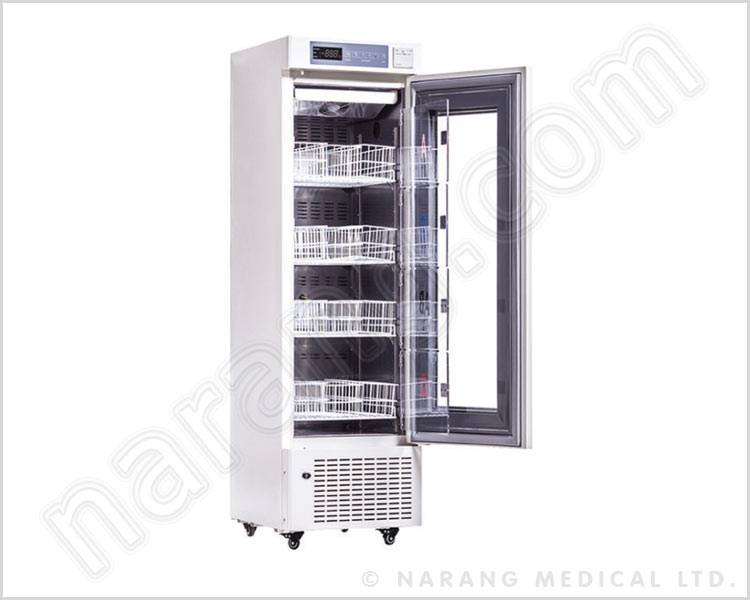

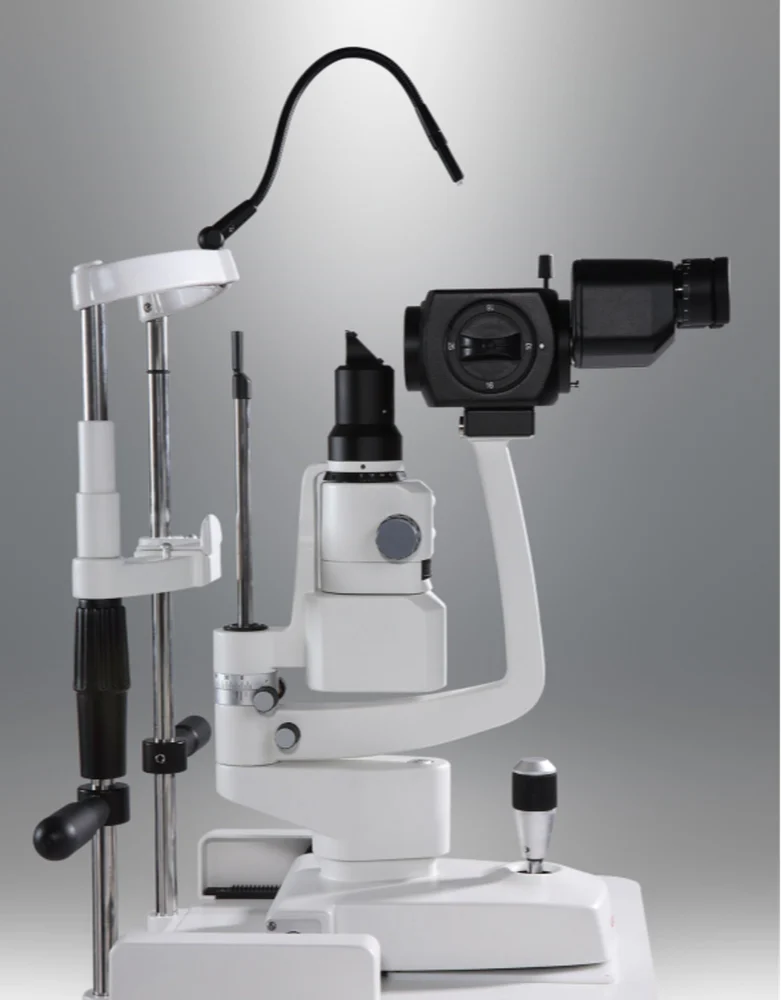

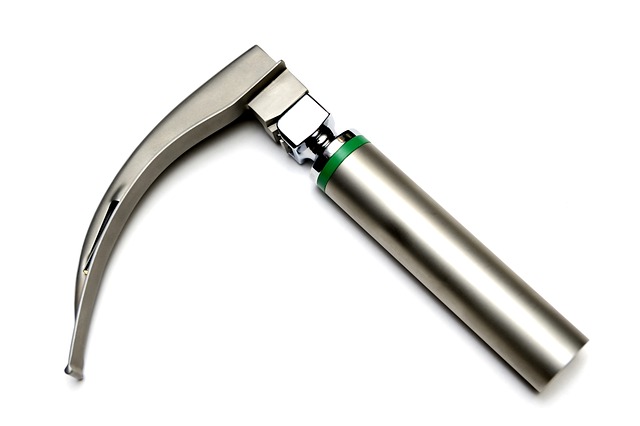
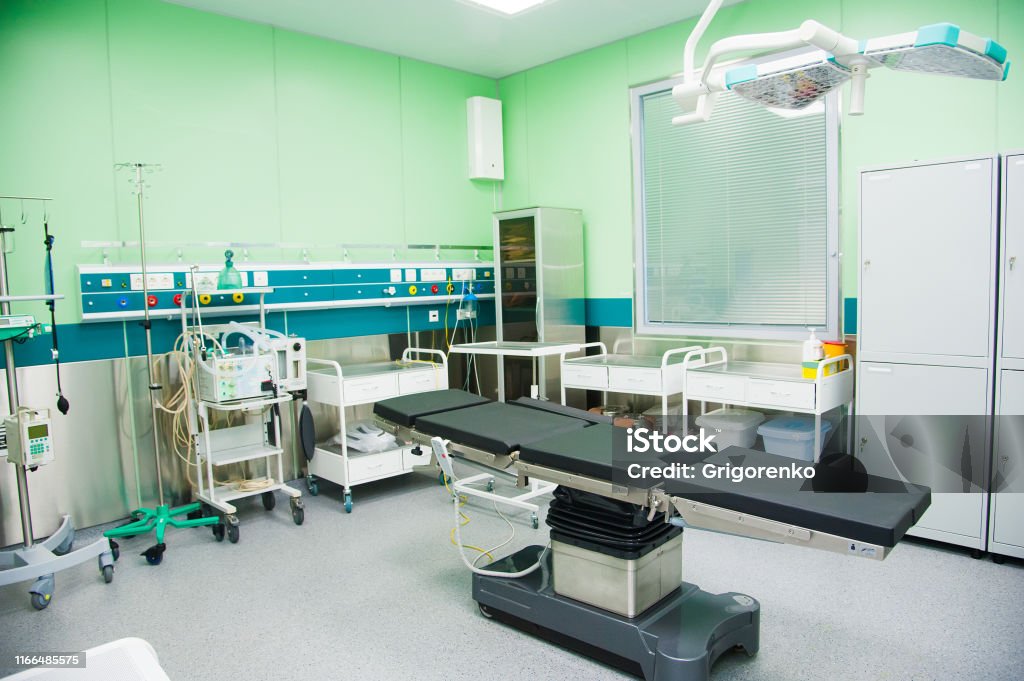
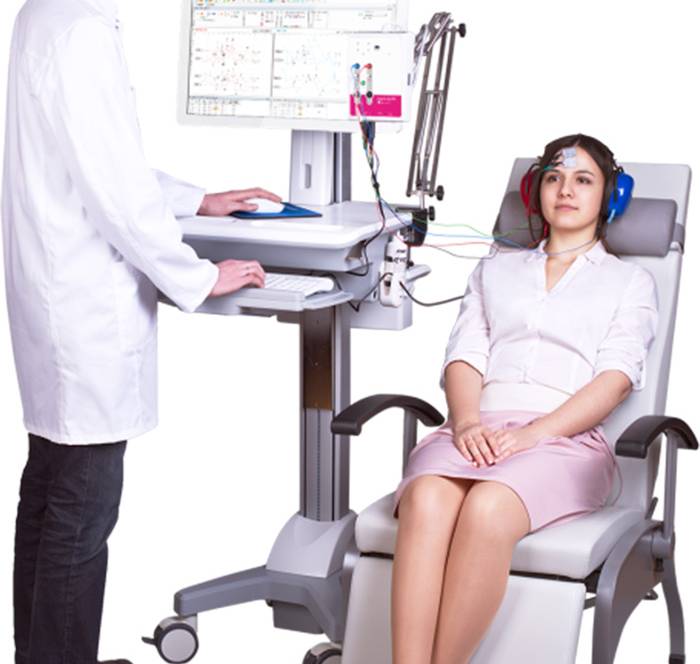
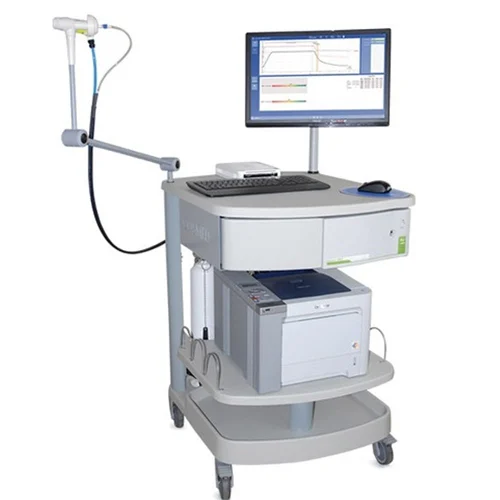
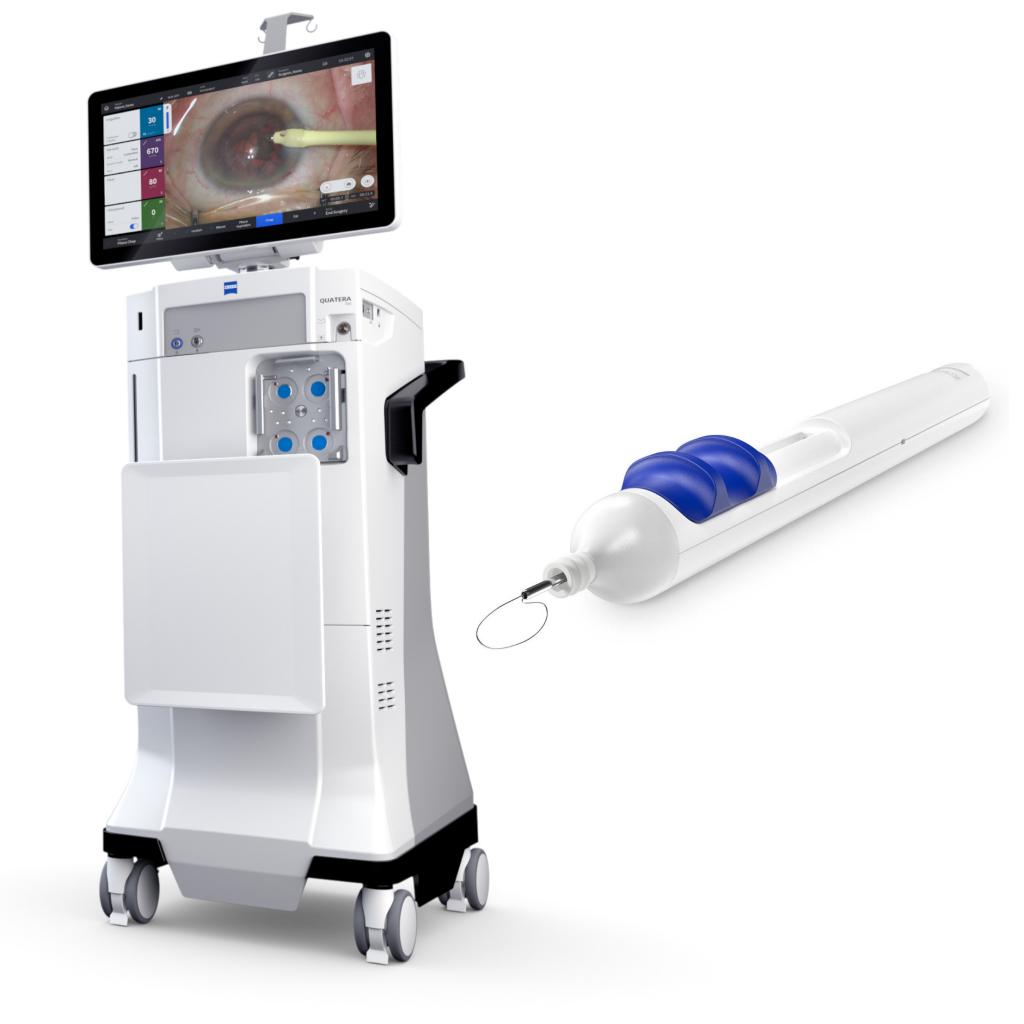
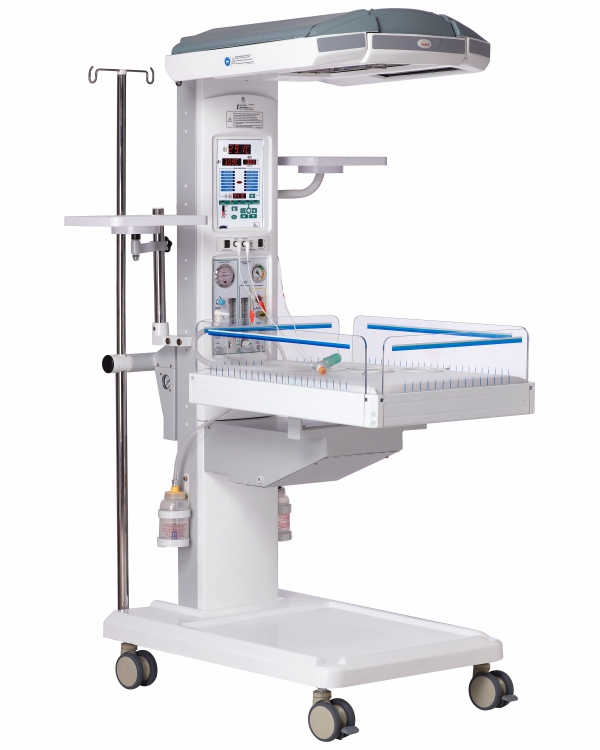




Leave a Reply